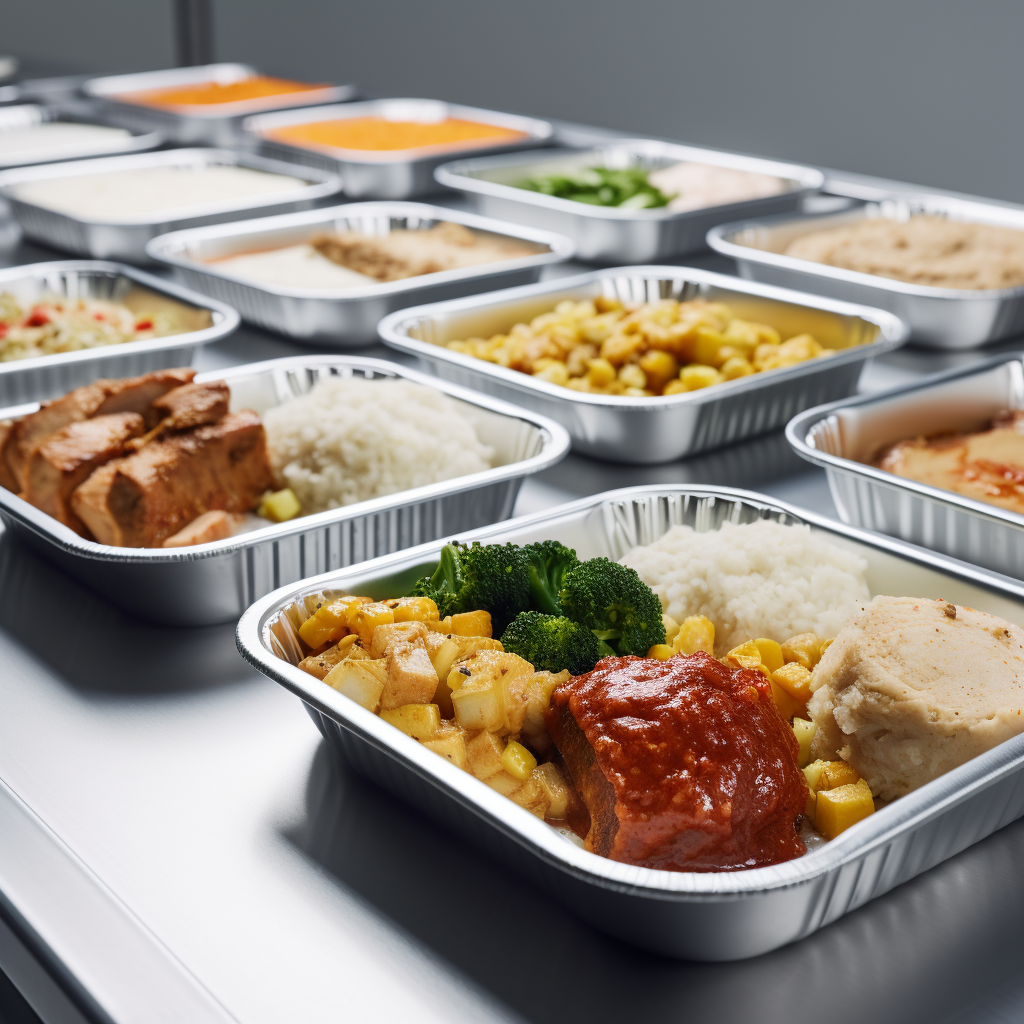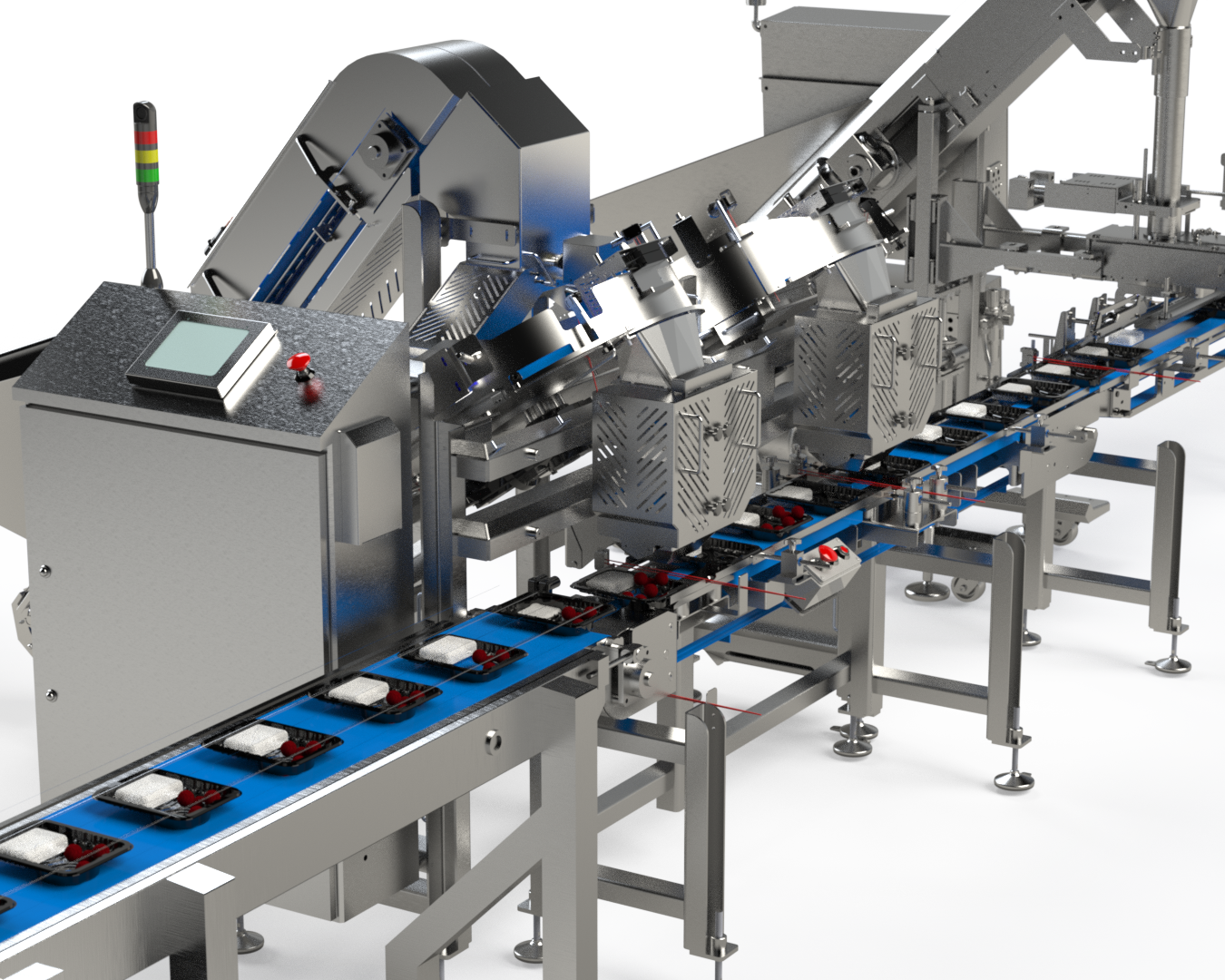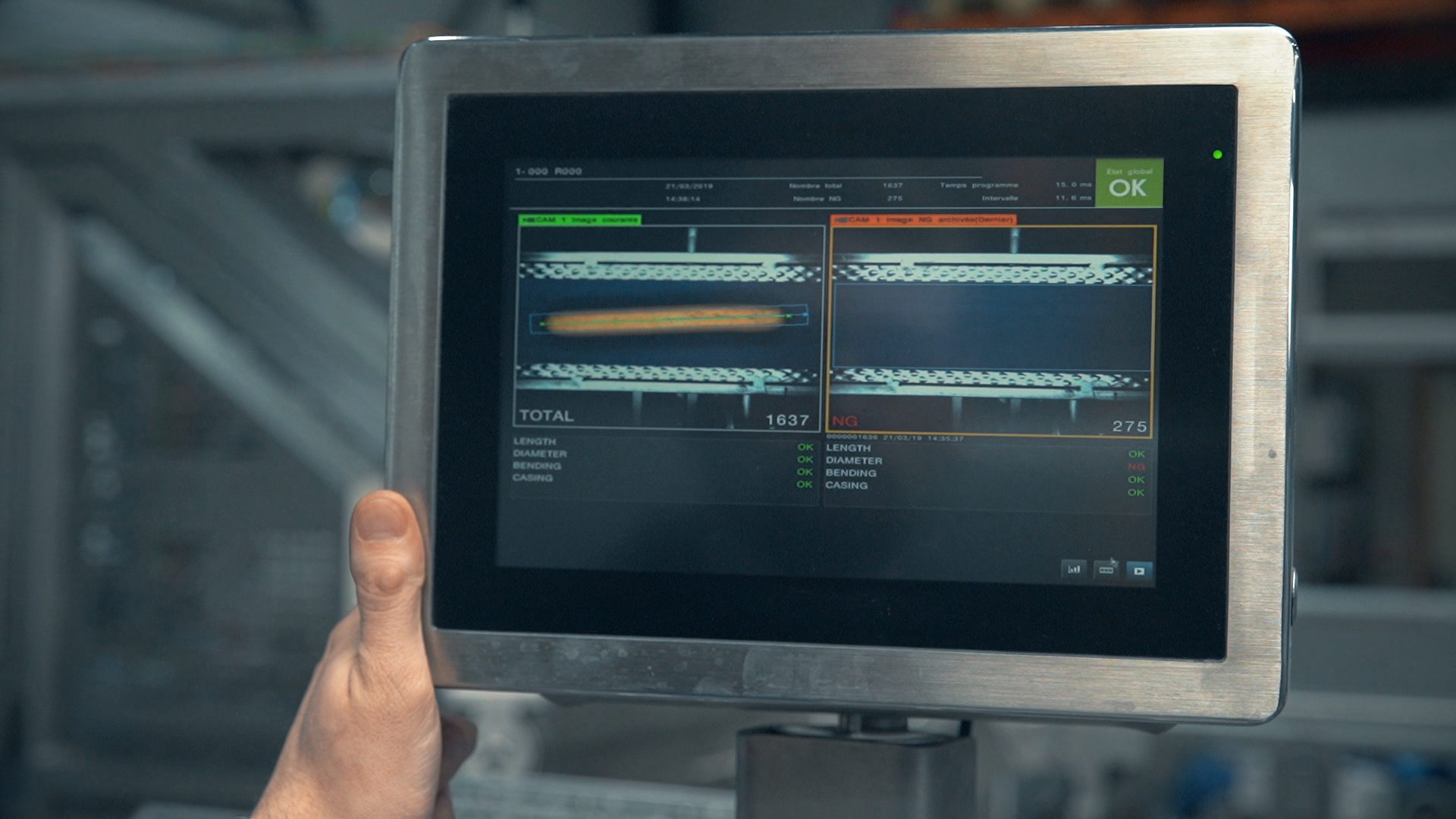Millennials are driving a new trend in food consumption: the rise of the foodie.

“Foodie” is a relatively modern term that sheds the negative connotation of “glutton” and the elitism of “gourmet.” A foodie is, in simple terms, someone with sophisticated tastes who is willing to compromise on cost and convenience for a better meal.
The food processing industry is taking note of this growing demographic. Foodies have both spending power and the ability to shape market trends with their oversized influence on grocery stores, making them a lucrative consumer group to appeal to.
Traits of the Modern Foodie
Let’s take a moment to understand what foodies are looking for in their processed meals. Delivering on these demands is the best way to capture a larger market share of foodie consumers.
- Aesthetically appealing meals
- Foodies want their food to look good enough to post on Instagram. This doesn’t mean, however, that the meal must be photo-worthy right out of the packaging. Many foodies are also enthusiastic cooks, so they are willing to put in some time preparing and arranging the meal for a better culinary experience.
- Recommendation: Package meals with visually appealing ingredients, even if they require the consumer to put in some more effort in final preparation.
- Trending food
- Millennials are always on the lookout for new and trendy food options. Today, quinoa, couscous, whole grain pasta, and brown rice are in vogue. Moreover, foodies have a diverse food palate and are always interested in trying meals from other countries or culinary traditions.
- Recommendation: Purchase equipment that can package different kinds of foods, in anticipation of changes in market trends. Satisfy foodies with unique flavors and spices, innovative cuisine ideas, and made-from-scratch menus.
- Healthy meals
- A foodie wants minimally processed food that has recognizable, pronounceable, organic ingredients. Many will look for vegetarian, vegan, or gluten-free options. This makes it more important than ever for food processing companies to package meals such that they remain fresh with minimal additives.
- Recommendation: Invest in modern equipment that can package meals well enough that fewer additives are needed to maintain freshness.
Choose the Best Food Processing Equipment for Your Business
Appealing to the modern foodie means packaging aesthetically pleasing, trendy, healthy meals, and Multi-Fill has the world-class food processing equipment you need to make that possible.
Our high-speed volumetric fillers can package up to 120 containers per minute. They can handle a wide variety of ingredients that are perfect for foodies, including:
- Meal basics: couscous, quinoa, rice, pasta, etc.
- Toppings and sides: vegetables, fruit, cereal, trail mix, etc.
- Miscellaneous: dumplings, oatmeal, tofu, etc.
The versatility of our machines will enable your company to keep up with rapidly evolving market trends without the expense of buying new equipment every year. To boost productivity, we offer optional upgrades and servicing for our volumetric fillers. Our fillers are constructed with stainless steel for easy cleaning, ensuring that the packaged meals are as sanitary and fresh as possible – perfect for the modern foodie!
For more information about Multi-Fill’s world-class volumetric food filling machines and other food processing equipment, call 801-280-1570 or contact us online.
Designing a food filling line: Product is king

















